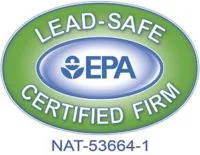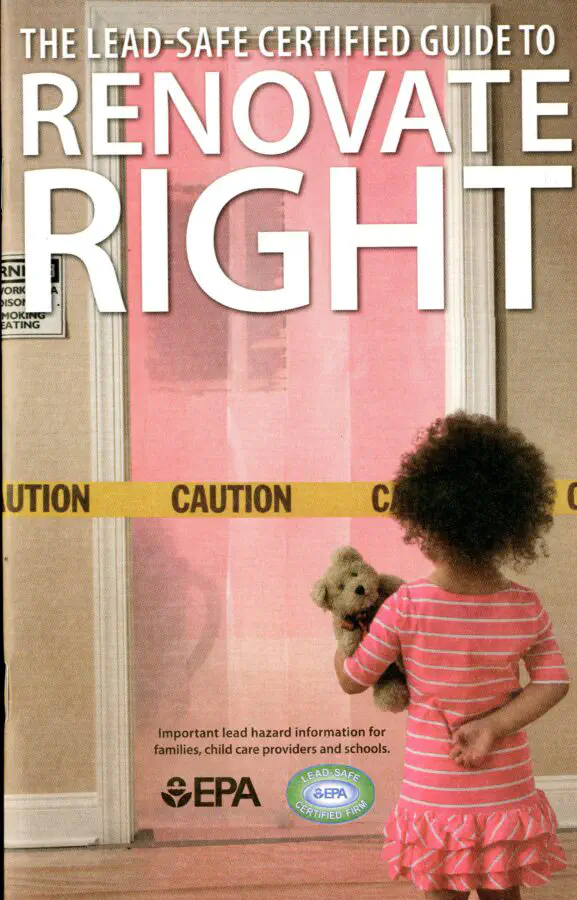THE RRP Rule
For homes built before 1978, lead paint may be a factor in how painting work is done. To see that both homeowners and contractors are protected, EPA-accredited training and certification is required of all contractors working on older homes.

The RRP rule (Renovation, Repair and Painting) has been in place since 2011, regular refresher courses are required to maintain certification.
RRP Certification
- comprehensive instruction about lead paint identification
- safe work practices
- containment procedures
- proper waste disposal
Lead-safe work practices start with understanding that lead is a hazard to people, especially children. Safe work practices mean plenty of tape and plastic to protect your home, your yard and your family.
...often the yard is cleaner than it was when we started!
Lead Testing
If a pre-'78 home is tested and found to have no lead in the work surfaces then lead-safe practices do not have to be followed. But the test procedures are fraught with their own set of tangled rules - so we just assume lead paint and then follow lead-safe work practices.
This means more prep work than most contractors will do: we cover gardens to keep paint chips out, we sweep and vacuum driveways and decks and very often customers tell us the yard is cleaner than it was when we started!
Lead poisoning is serious - young children and pregnant women are especially vulnerable. Contractors that ignore the EPA's RRP (Renovate, Repair & Paint) regulations are putting their business at risk. Those same contractors are also unlikely to share the risks with their customers or their employees.
Cost of RRP Compliance
There is a slight cost difference in complying: more time in implementing lead-safe protection, more materials also. On the flip-side, our work systems allow us to protect very efficiently and clean up much more effectively than we ever did before implementing lead-safe work practices.






